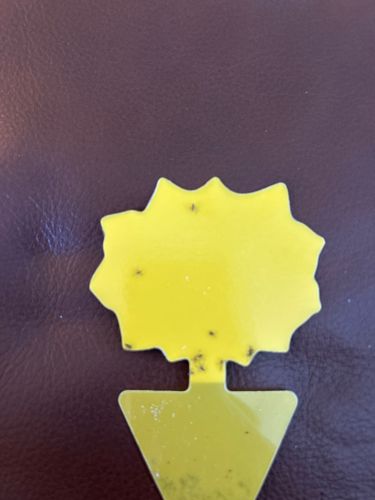Fungus Gnats
Scientific Name: Sciaridae (various genera like Bradysia, Sciara)
Order & Family: Order Diptera, Family Sciaridae
Size: 1/8 to 1/16 inch (2-4 mm)

Natural Habitat
Damp, rich organic matter, especially in potted plants, greenhouses, and compost piles. They thrive in moist soil conditions.
Diet & Feeding
Larvae feed on fungi, decaying organic matter, and plant roots (especially fine root hairs). Adult fungus gnats do not feed significantly and primarily focus on reproduction.
Behavior Patterns
Adults are weak, erratic fliers and are often seen near the soil surface of potted plants or attracted to lights. They lay eggs in moist soil. The larval stage is subterranean, feeding on roots and decaying matter. Their life cycle is relatively short, around 3-4 weeks, leading to rapid population growth under ideal conditions.
Risks & Benefits
Potential risks include damage to plant root systems, especially in seedlings and young plants, causing wilting, stunted growth, and yellowing. They can also be a nuisance indoors. They are generally not harmful to humans directly. Benefits are minimal, though they can aid in breaking down organic matter in small quantities.
Identified on: 11/19/2025